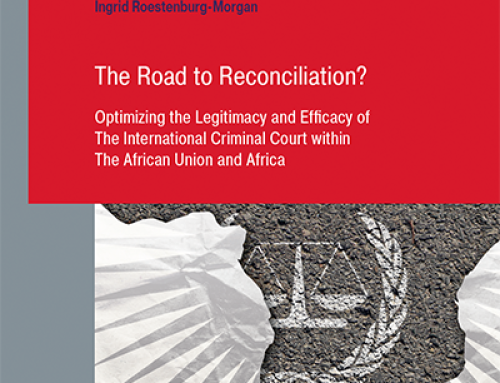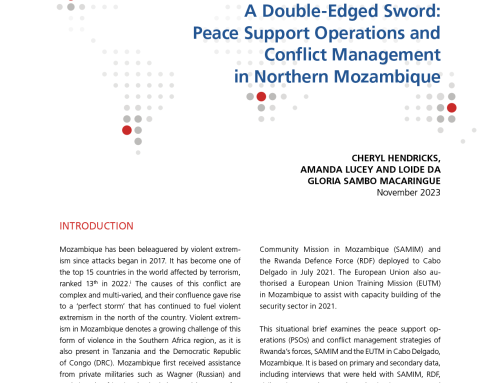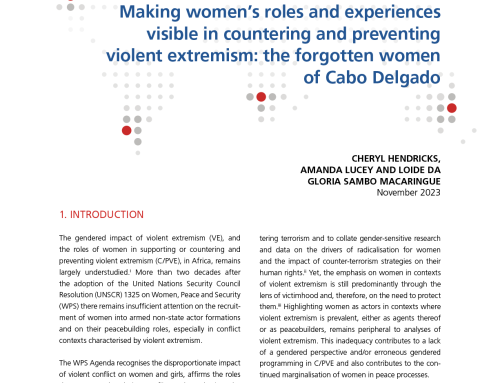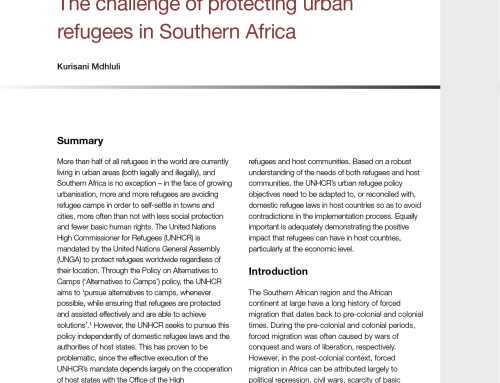
IJR Policy Brief 42: Memorialisation and its controversies: Policy insights from Burundi
Until recently, memorialisation was not considered an important tool to be used in fostering transitional justice processes. However, the situation is gradually changing and the use of memorialisation is gaining momentum as one of the instruments to address the traumatic past. Brandon Hamber, a prominent expert on transitional justice, defines memorialisation as a combination of various processes and forms of collective remembrance. He insists that this process is fundamental for a society trying to recover from trauma and atrocity. The healing of a wounded society is an integral part of transitional justice processes and memorialisation contributes to this at various levels: acknowledging the pain of victims, contributing to truth recovery and paying tribute to unsung heroes.
The African Union Transitional Justice Policy (AUTJP) has also brought memorialisation to the forefront, highlighting its important role as part of measures that go beyond the immediate transitional period. These measures are like stepping stones towards truth recovery, reconciliation and healing within societies that are grappling with legacies of a violent past. The AUTJP stresses the importance of memorialisation as a tool that allows people to acknowledge the victims of violence and their pain.
As a long-term process, memorialisation institutionalises societal dialogue across generations and strongly contributes to the fight against impunity in the national discourse.
Implementing memorialisation projects and other related initiatives offers the advantage of involving in transitional justice processes large numbers of people of different ages and from different layers of society. Memorialisation can have both top-down and bottom-up approaches as it can be initiated either by governments or by communities, in particular communities of victims. Memorialisation is in essence an inclusive and democratic process unless it is distorted for political reasons.
In many cases, the historical events memorialised are highly contested, especially in societies divided along ethnic, racial, religious or other forms of identity. In these cases, there may be differing or even antagonistic narratives about the past atrocities and who played a key role in them. When a society attempts to address the legacy of violence in its history, there are often groups that are unhappy with the initiative. But memorialisation is imperative when societies genuinely try to address the controversies surrounding a traumatic and violent past. An inclusive memorialisation process could help create spaces where the underlying issues behind the antagonistic narratives can be addressed and where common ground for dialogue and healing can be established.
In the context of Burundi, memorialisation has been a controversial issue within the transitional justice process, with antagonistic narratives and perceptions about who is a victim and who is a perpetrator in the violent conflicts that have occurred in Burundi since the period of the struggle for independence.
There has never been a shared narrative or consensus about how these events unfolded, who the real victims were, who masterminded the chaos and who the real perpetrator were. The two main ethnic groups – the Hutu and the Tutsi – accuse each other of the crimes committed. Members of each group claim to be the only victims while downplaying the pain suffered by other groups. It is thus important to create spaces for collective memory, for shared narratives to be brought forth and for people to confront the past through an honest dialogue. In this way, new societal foundations can be laid.
Author: Patrick Hajayandi
Pages: 8
Dimensions: A4
Date of publication: 2023




